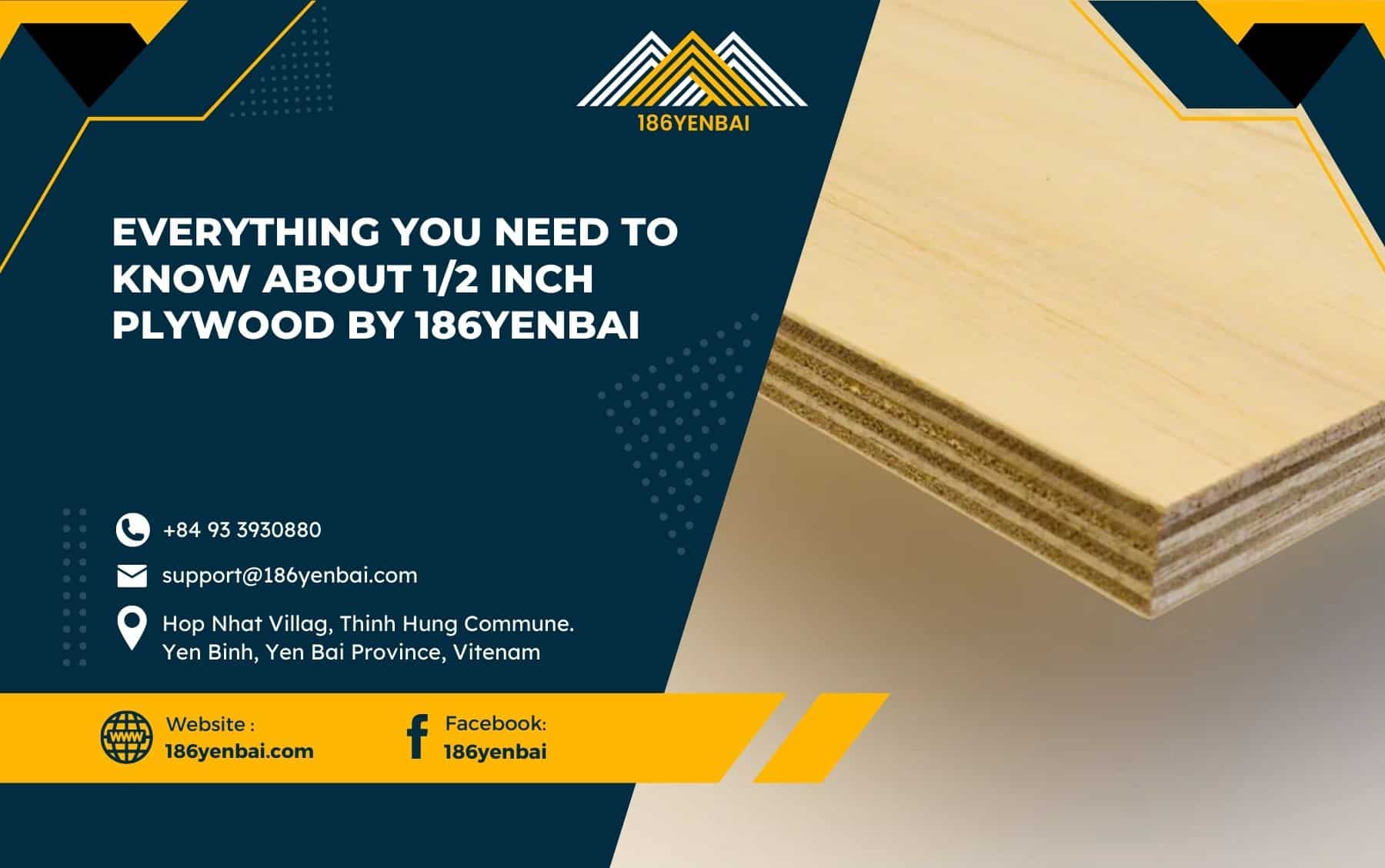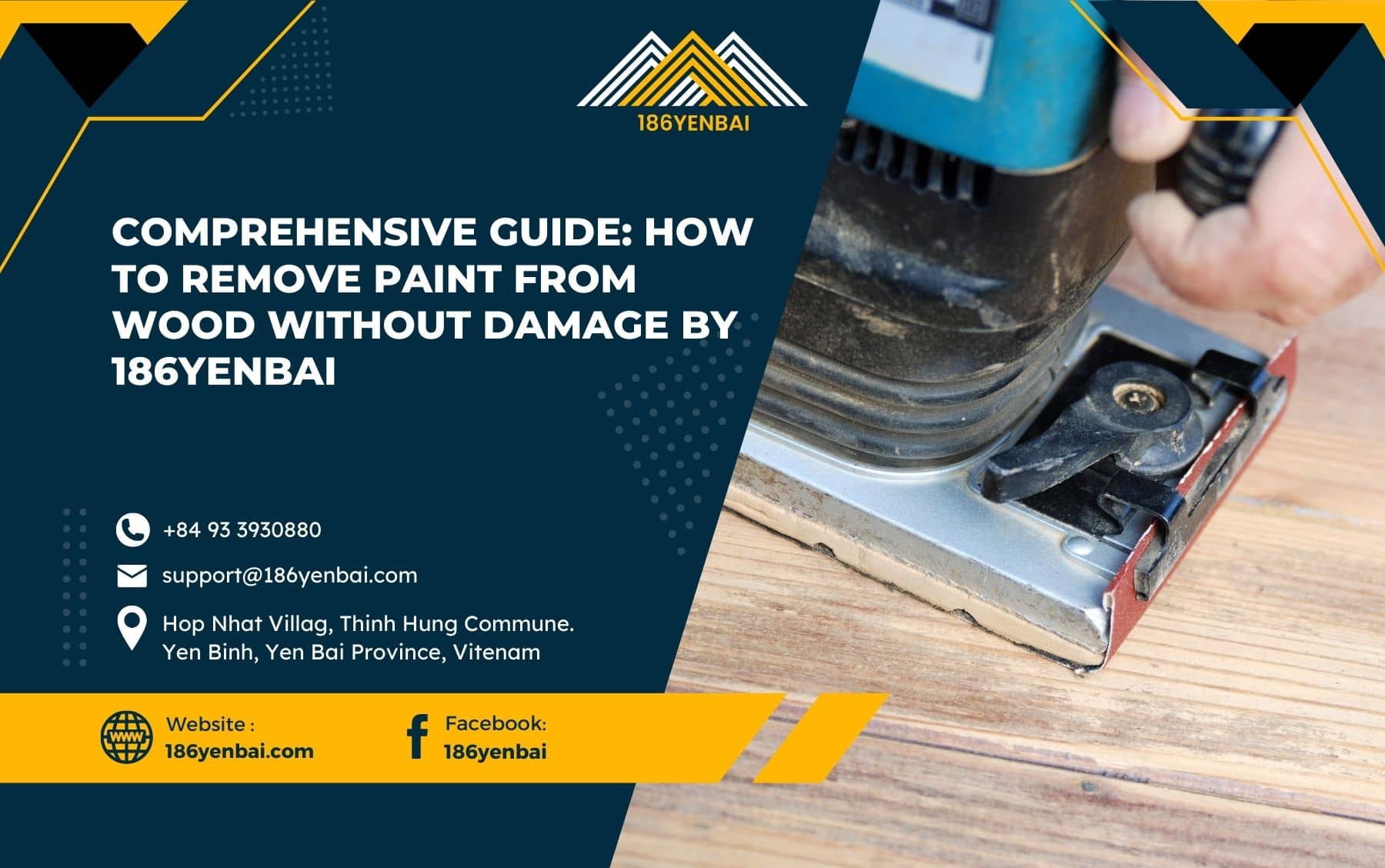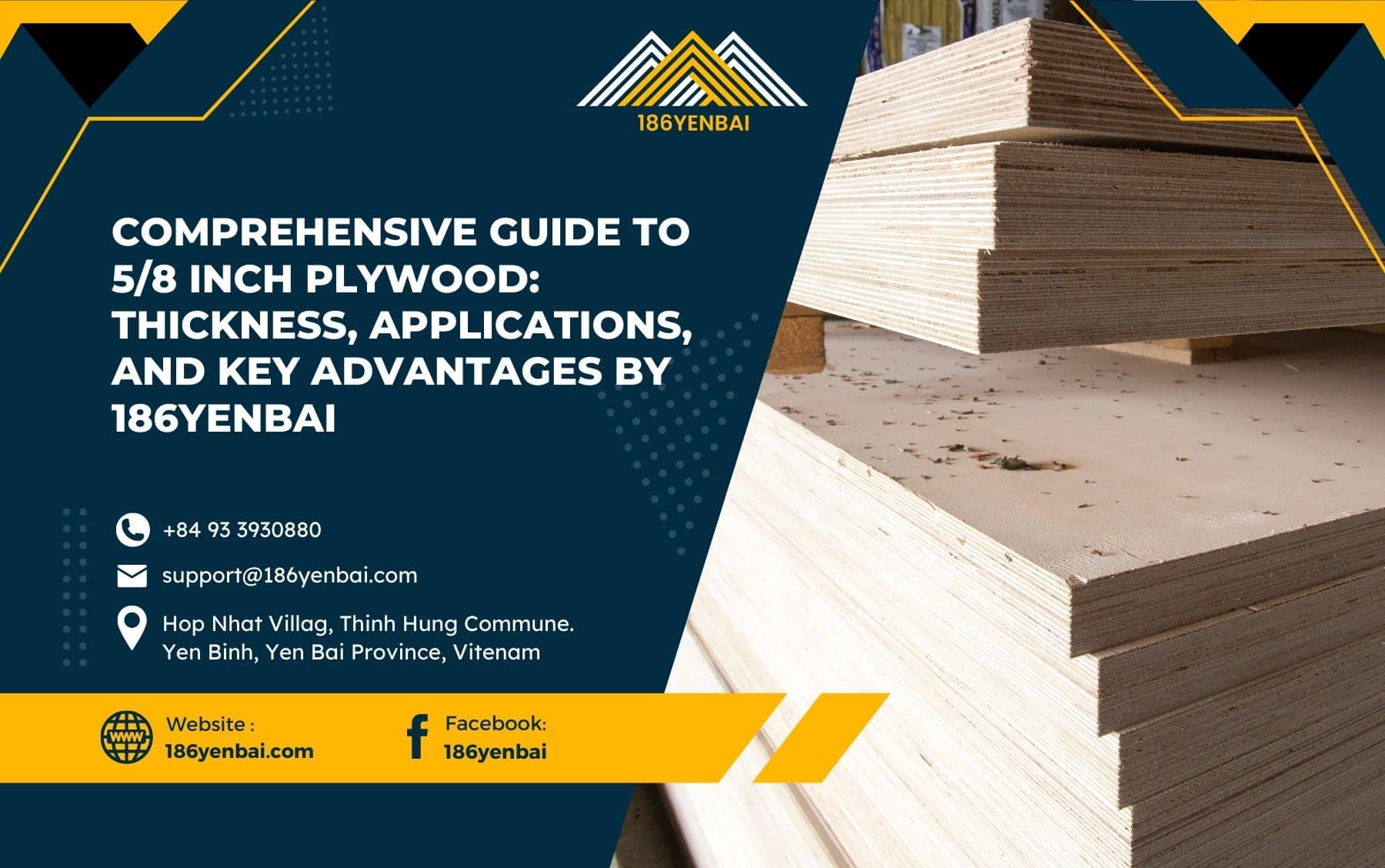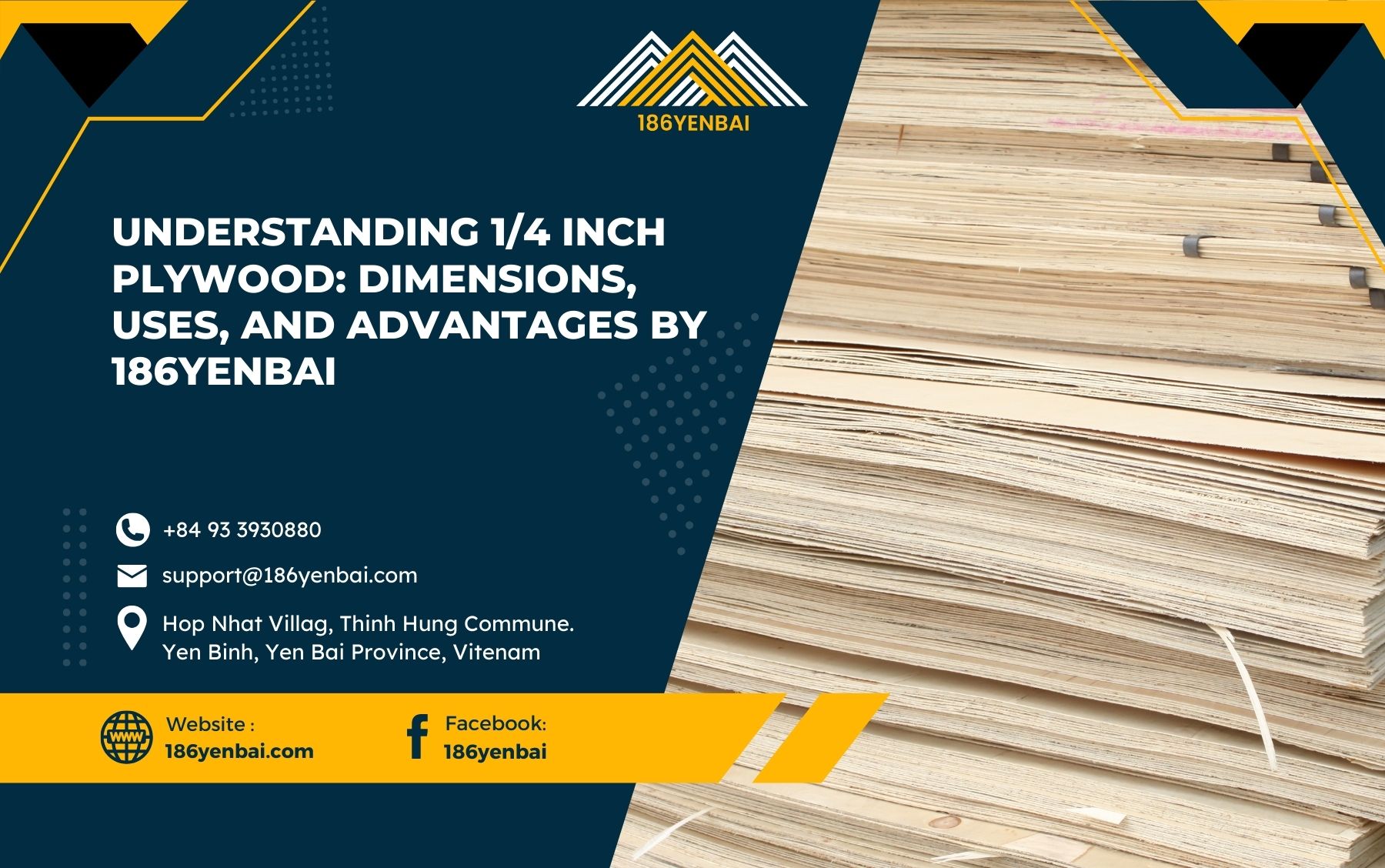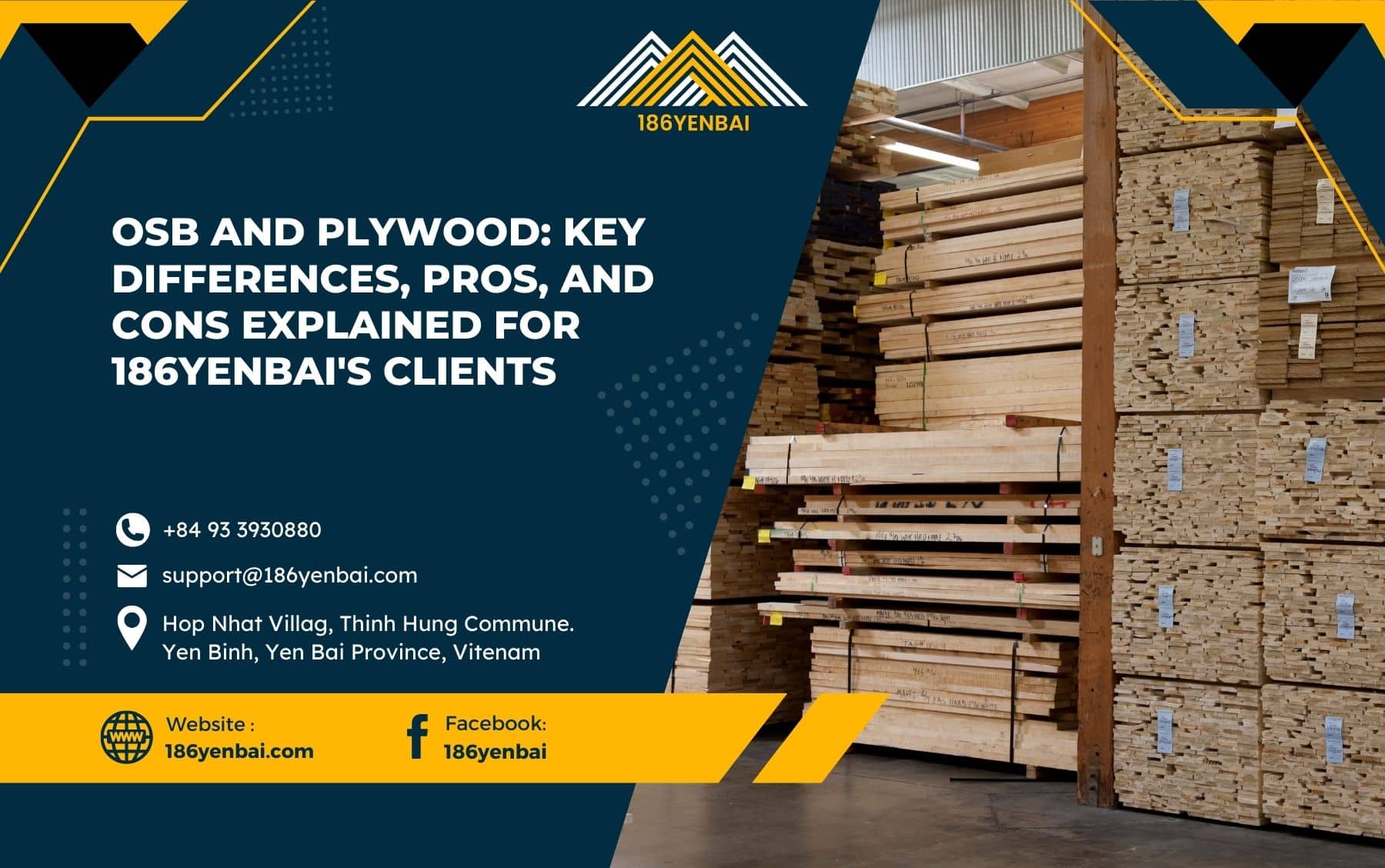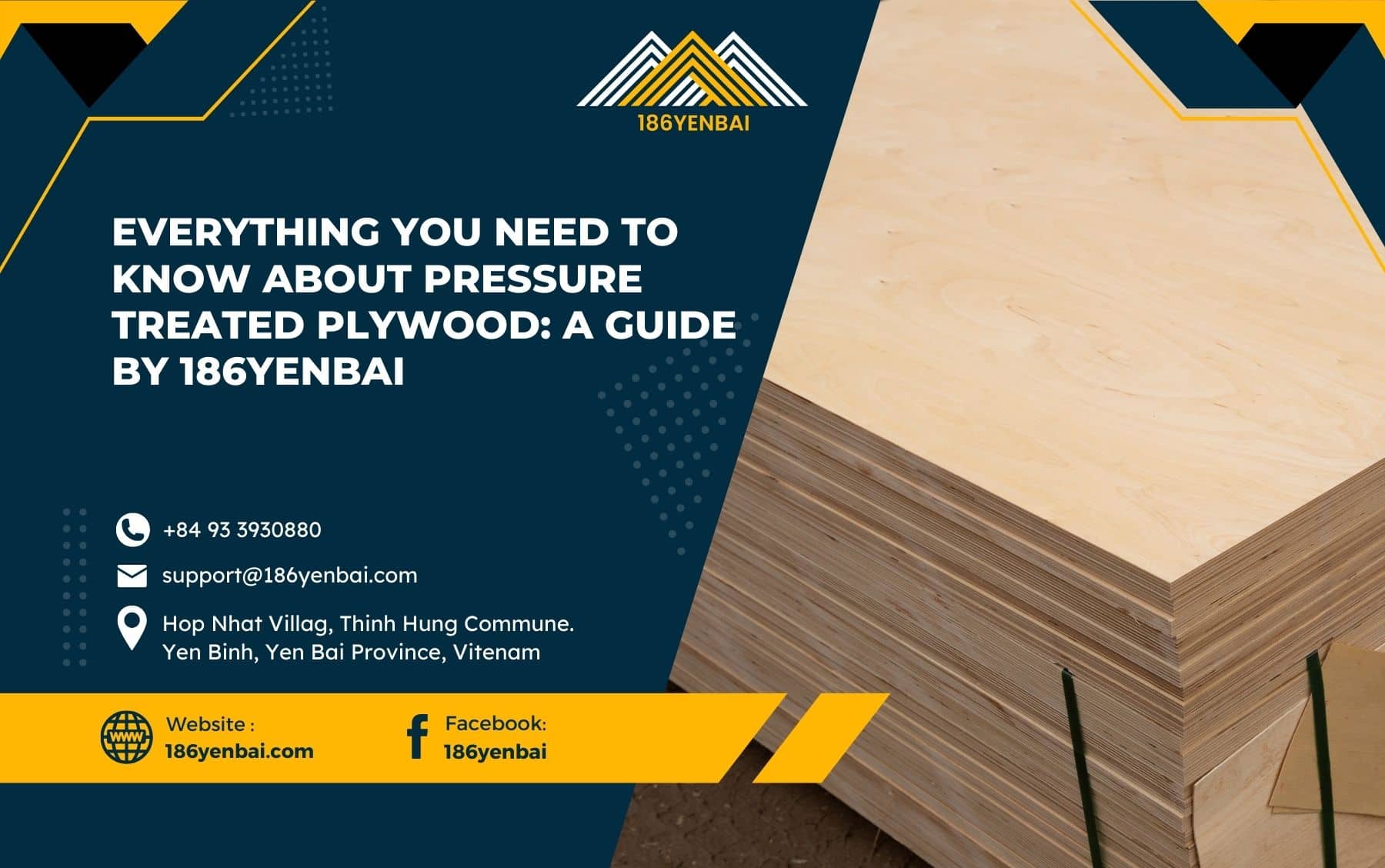When it comes to construction and home improvement projects, choosing the right plywood is critical to the success and longevity of your project. While it may be tempting to cut costs by opting for low-quality plywood, the long-term benefits of using high-quality plywood far outweigh the initial savings. This article will explore the key differences between high-quality and low-quality plywood, helping you make an informed decision that aligns with your goals, whether it’s for a residential renovation or a large-scale commercial project.
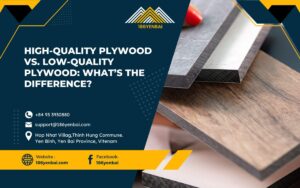
Table of Contents
ToggleWhat is High-Quality Plywood?
High-quality plywood refers to a plywood product that is manufactured using premium-grade materials and methods, ensuring that it meets stringent industry standards for strength, durability, and appearance. Let’s dive into its key characteristics.
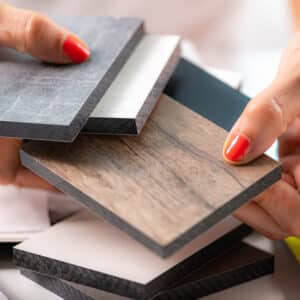
Characteristics of High-Quality Plywood
- Premium-grade veneers: High-quality plywood uses A-grade veneers that are smooth and free from defects like knots and voids.
- Durable core: The inner layers of high-quality plywood are made from carefully selected wood, leading to greater strength and stability.
- Multiple layers: More layers contribute to a stronger and more resilient plywood sheet.
- Water-resistant glue: High-quality plywood is often bonded with moisture-resistant adhesives, making it suitable for damp environments or outdoor use.

What is Low-Quality Plywood?
Low-quality plywood, often referred to as “builder-grade,” is produced with cost efficiency in mind. This type of plywood is commonly used for temporary or low-budget projects where durability and aesthetics are not the primary concern.
Characteristics of Low-Quality Plywood
- Lower-grade veneers: The outer layers may have visible knots, splits, or other imperfections that affect the final appearance.
- Weak core: Inner layers are often made from lower-grade wood, which may include voids or gaps that weaken the structure.
- Fewer layers: Low-quality plywood typically has fewer layers, reducing its strength and ability to bear weight.
- Standard glue: The adhesives used may not be water-resistant, making it unsuitable for environments prone to moisture.
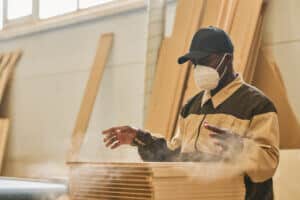
Durability and Longevity
One of the biggest differences between high-quality and low-quality plywood is durability. High-quality plywood, with its multiple layers and superior materials, is built to last for decades. It can withstand higher loads and is less prone to warping, cracking, or splitting over time. Low-quality plywood, on the other hand, is more susceptible to damage from moisture, heavy loads, and environmental factors.
- High-quality plywood: Suitable for load-bearing applications and can be used in areas exposed to moisture, like bathrooms and kitchens.
- Low-quality plywood: Best reserved for non-structural applications such as temporary installations or areas with low foot traffic.
Aesthetic Appeal
High-quality plywood is not only durable but also visually appealing. Because it uses premium-grade veneers, it provides a smooth, uniform surface that is perfect for visible applications like cabinetry, paneling, or furniture. In contrast, low-quality plywood has a rougher, more uneven surface that often requires additional finishing work, such as sanding or painting, to make it presentable.
- High-quality plywood: Ideal for projects where appearance is important, such as decorative wall paneling or furniture.
- Low-quality plywood: More suitable for projects where the plywood will not be visible, such as subflooring or temporary structures.
Cost Considerations
At first glance, low-quality plywood may seem like a more economical choice due to its lower price point. However, the long-term costs associated with repairs, replacements, and additional maintenance can add up quickly. High-quality plywood, while more expensive upfront, provides greater value over time by reducing the need for repairs and prolonging the life of your project.
- High-quality plywood: Higher initial investment but lower long-term maintenance costs.
- Low-quality plywood: Lower upfront cost but higher potential for long-term expenses.
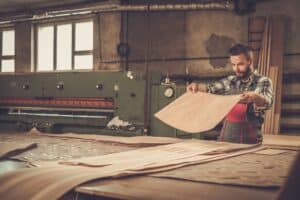
Applications: When to Use High-Quality Plywood vs. Low-Quality Plywood
Understanding when to use each type of plywood can help ensure the success of your project. Below are some common applications for both high- and low-quality plywood.
High-Quality Plywood Applications
- Cabinetry and furniture: Its smooth surface and durability make it ideal for visible, high-use projects.
- Flooring: High-quality plywood can handle heavy loads and high traffic.
- Exterior applications: Because of its moisture resistance, high-quality plywood is suitable for outdoor use, including siding and roofing.
Low-Quality Plywood Applications
- Subflooring: While not as strong, low-quality plywood can be used in areas where structural support is provided by other materials.
- Temporary structures: Ideal for short-term projects where long-term durability is not a concern.
- Interior wall sheathing: Can be used in non-load-bearing walls where appearance and strength are secondary.
Environmental Impact
High-quality plywood is often sourced from sustainable, responsibly managed forests. Many manufacturers follow strict environmental guidelines, ensuring that their products are eco-friendly. Low-quality plywood may not have the same level of sustainability, as it is typically produced with cost-cutting measures that may include lower-quality, non-sustainable wood sources.
- High-quality plywood: Eco-friendly and often certified by organizations like FSC (Forest Stewardship Council).
- Low-quality plywood: May not meet the same environmental standards.
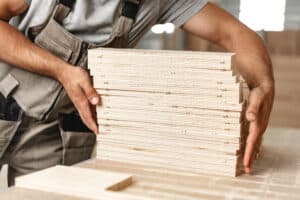
Conclusion
When deciding between high-quality and low-quality plywood for your home renovation, it’s essential to weigh the benefits of durability, appearance, and long-term value against the initial cost. High-quality plywood provides superior strength, aesthetics, and sustainability, making it the best choice for any project where longevity and performance matter. Low-quality plywood may serve its purpose in temporary or low-traffic applications but often leads to additional expenses and maintenance down the line.
For projects that require reliability and lasting quality, choosing high-quality plywood is a smart investment. Contact 186yenbai today to learn more about our premium plywood products and how they can enhance your next renovation project.
Phone: +84 93 3930880
Email: [email protected]
Facebook: https://www.facebook.com
Address: Hop Nhat Village, Thinh Hung Commune, Yen Binh, Yen Bai Province, Vietnam
Check out our other articles below:
Why High-Quality Plywood is the Ultimate Choice for Global Markets
5 Reasons Why High-Quality Plywood is the Best Choice for Home Renovations

